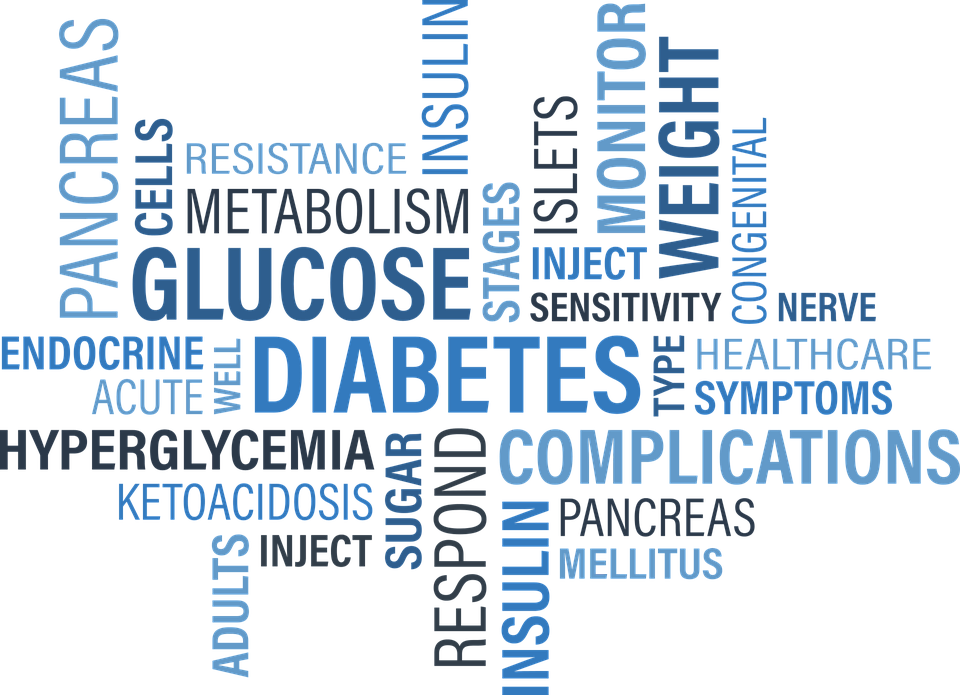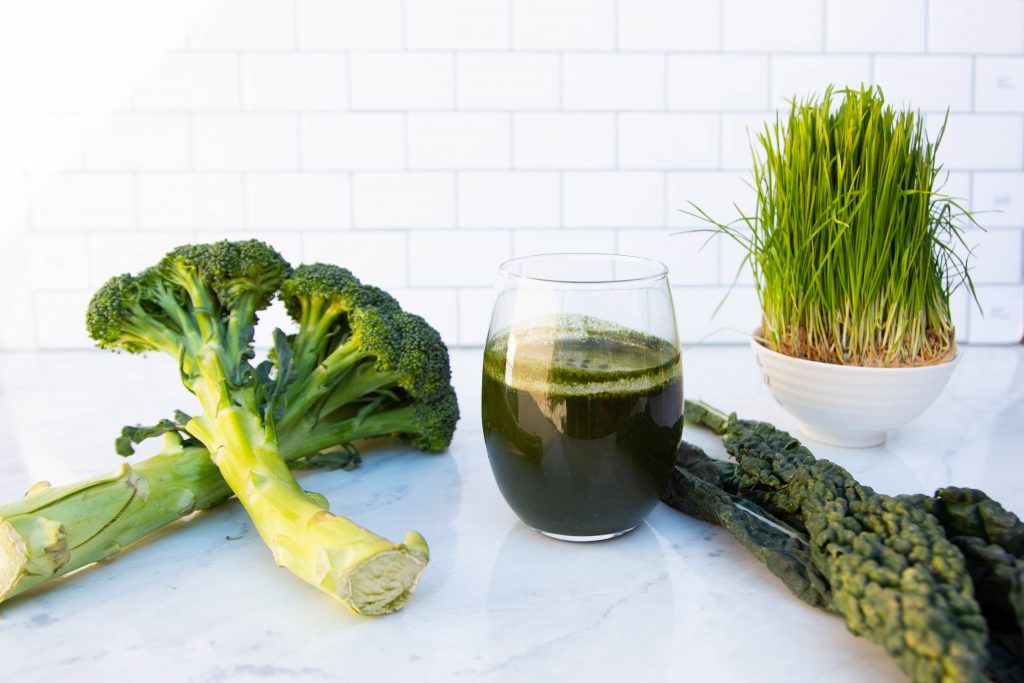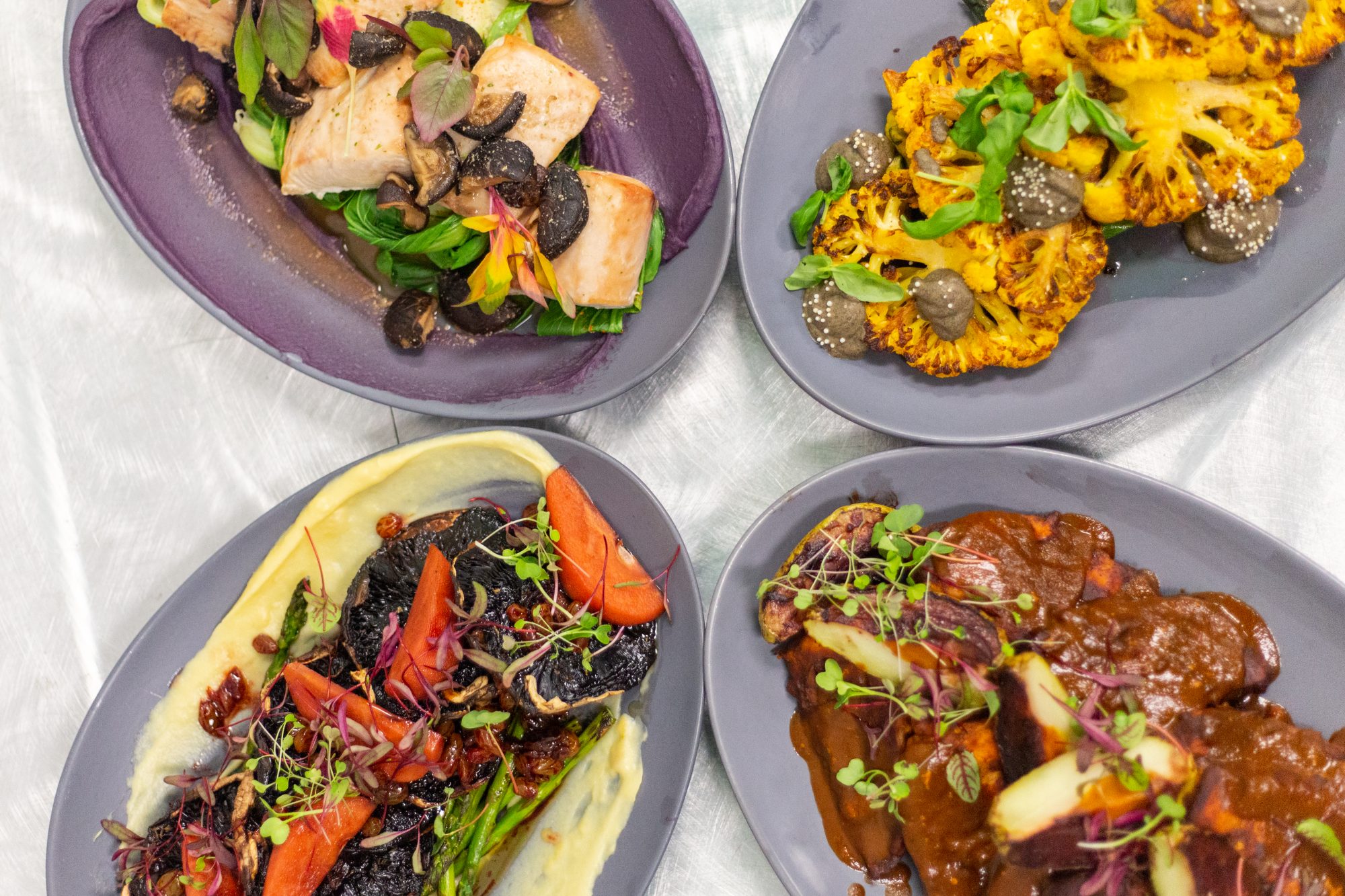When we seek to understand the human body, we need to understand one of the most important functions of our brain: the reminder to eat.
As silly as it sounds, sustenance is super important. Our systems constantly fire signals throughout the body, alerting us to consume enough to nourish and not starve.
One of the most powerful and recognizable of these trigger mechanisms involve our blood glucose levels.
Today, we’re going to talk about why balancing healthy glycemic levels are important, as well as which whole foods and Purium foods we recommend.
Why Healthy Blood Glucose Levels Are Important
Craving Control
Balancing your blood glucose is important–not just for people living with diabetes, but for anyone trying to live a healthy lifestyle.
Yet, the task is not so easy.
We want our blood glucose levels to be balanced, in a state of homeostasis. When we experience a drop in blood sugar, we also experience a corresponding craving, like an irresistible urge to eat–that’s just nature doing its job.
So, healthy blood glucose levels can help signal the body to eat only when necessary, thus helping us avoid overeating and weight gain.
Overall Health
Glycemic levels can also affect other parts of our health.
How so? Well, blood sugar levels help dictate how your body uses food as fuel and helps regulate other body processes.
Imbalanced levels could leave you feeling mopey and tired. What’s worse, continued sugar spikes or drops can eventually lead to heart issues, like stroke or even heart attack.
So, let’s stay healthy by eating healthy.
Plant-Power
Eating veggies and fruits can help keep your levels on track. In particular, the American Diabetes Association recommends eating leafy, non starchy vegetables (just like flex foods).
Leafy Greens
These veggies pack high vitamin, mineral and fiber content, while supplying only a few calories and carbohydrates. Carbs are important to keep track of when you are balancing a healthy blood glucose level.
When carbs are broken down in the body, sugars are released into the bloodstream. This can cause blood sugar to spike, and also cause your pancreas to release the insulin hormone.
Green veggies are the perfect low-carb, go-to’s for sustenance. Here are just a few non-starchy vegetables recommended by the American Diabetes Association:
- artichoke
- bamboo shoots
- Brussels sprouts
- cauliflower
- mushrooms
- onions
- kale
- sprouts
Eating a low-carb diet, which can be accomplished with a plant-based diet, may help manage diabetes and blood glucose. One literature review published in the American Journal of Clinical Nutrition suggests this diet could led to greater glycemic control due to factors such as cholesterol-balance and healthy weight loss. (1)
Healthy Fats
Just as it is important to consume nutrients from veggies, it is equally important to work in some healthy fats. Remember, we said, healthy fats — not other fats. Unhealthy fats, like sugar-filled treats and processed foods, should be avoided when eating a hypoglycemic-considerate diet.
Healthy fats help improve the cardiovascular system, by lowering the amount of harmful cholesterol in your bloodstream. It is for this reason that these fats can help you control you blood sugar levels and encourage better overall heart health.
Some people get their healthy fats in a similar way to how they supplement their collagen–through animals meats. But, we’re happy to say that plants can help out too!
In fact, you can get healthy omega-3’s from foods like flax seeds and avocados.
Another review published in Critical Reviews in Food Science and Nutrition found that clinical studies are promising for avocado and healthy cardiovascular health, including blood glucose control. (2)
Soluble Fiber
Consuming soluble fiber can also help you maintain healthy blood glucose levels. Soluble fiber can dissolve in water in your digestive system, which helps support bowel movements and can help control blood sugar.
How so?
Well, this fiber forms a sort of gel-like substance that can balance absorption of carbs in your stomach. And we know that carbs are super important for blood glucose levels, because they release sugars into the bloodstream.
What’s more, fiber can help you feel full, so you won’t eat as often, lessening your chance of spiking blood pressure through unnecessary snacking.
Here are some of our favorite whole foods that pack soluble fiber:
- legumes, like peas
- green veggies
- blueberries
- nuts, like cashews and almonds
Purium-Power
You may be wondering, what Purium products can help support the body’s production of healthy blood glucose levels. Well, you came to the right place!*
Core 4 – Nutrition Pack
Our Co-Founder Dave Sandoval specially crafted our Daily Core 4, that offers foundational nutrition for 30 days. Coincidentally, foundational nutrition is also required for glycemic control.
Daily Core 4 may help support a healthy body by:
- Providing green veggies and fiber, which can support healthy blood glucose and alkaline levels
- Supplying pure, vegan protein (which helps you stay full and not spike blood glucose levels)
- Giving the body nutrient-dense tart cherry, which may support healthy sleep and antioxidants that help regulate proper body function and hormones (which helps decrease the likelihood of glycemic dips or spikes)
- Nourishing the body with Biome Medic, which contains pre- and probiotics that may help the gut absorb essential nutrients
Green Spectrum
Green Spectrum captures a beautiful collection of 15 different superfoods and greens, including sea plants, field grasses (like wheatgrass) and garden vegetables.
These nutrient-dense green ingredients may support healthy alkalinity and oxygen levels, which can also help support healthy blood glucose levels.
Control Capsules
Purium’s CONTROL Pre-Meal capsules were created to easily provide the body with dense superfoods that may reduce the impact of simple carbs and sugars.* In this way, these ingredients may help support balanced blood glucose levels by reducing appetite and supporting absorption. The capsules make it simple to keep your food intake balanced even on the go.
Check out these powerful ingredients:
- Nopal Cactus: Cactus has been recommended by holistic doctors for healthy living with diabetes. One study published in the Journal of the Academy of Nutrition and Dietetics found that a control group withheld healthy blood sugars level even after eating a high-carb meal and cactus supplementation. (3)
- Garcinia Cambogia Extract: This fruit is believed to help slow glucose absorption, supporting balanced blood glucose levels. Live Strong reports that this superfood is still being researched for its potential benefits.
- Green Tea Extract: Pacific College reports that the green tea can also help balance your glycemic index. Scientists believe that the tea’s polyphenols and polysaccharides help the body absorb glucose and support the liver. (4)
- American Ginseng (Panax quinquefolius): Holistic health practitioners and nutritionists have used American ginseng as a natural support for blood glucose. One literature review published in the Public Library of Science’s peer reviewed journal analyzed multiple studies for its potential benefits. Researchers found that ginseng may help improve fasting blood glucose for those with diabetes and those without, too! (5)
- White Kidney Bean Extract: This extract may support healthy blood glucose levels by helping the body process carbs. One study published in Nutritional Journal found that supplementation helped reduce glycemic index in 13 randomized subjects after eating high-carb, white bread. (6)
Happy & Healthy
Purium has championed the organic, plant-based and non-GMO superfood movement for 25 years and counting. And we don’t plan on stopping anytime soon. Browse our superfoods .
Cited Studies
- Ajala, O., English, P., & Pinkney, J. (2013). Systematic review and meta-analysis of different dietary approaches to the management of type 2 diabetes. The American journal of clinical nutrition, 97(3), 505-516.
- Dreher, M. L., & Davenport, A. J. (2013). Hass avocado composition and potential health effects. Critical reviews in food science and nutrition, 53(7), 738-750.
- López-Romero, P., Pichardo-Ontiveros, E., Avila-Nava, A., Vázquez-Manjarrez, N., Tovar, A. R., Pedraza-Chaverri, J., & Torres, N. (2014). The effect of nopal (Opuntia ficus indica) on postprandial blood glucose, incretins, and antioxidant activity in Mexican patients with type 2 diabetes after consumption of two different composition breakfasts. Journal of the Academy of Nutrition and Dietetics, 114(11), 1811-1818.
- Waltner-Law, M. E., Wang, X. L., Law, B. K., Hall, R. K., Nawano, M., & Granner, D. K. (2002). Epigallocatechin gallate, a constituent of green tea, represses hepatic glucose production. Journal of Biological Chemistry, 277(38), 34933-34940.
- Sievenpiper, J. L., Djedovic, V., Cozma, A. I., Ha, V., Jayalath, V. H., Jenkins, D. J., … & Vuksan, V. (2014). The effect of ginseng (the genus panax) on glycemic control: a systematic review and meta-analysis of randomized controlled clinical trials. PloS one, 9(9), e107391.
- Udani, J. K., Singh, B. B., Barrett, M. L., & Preuss, H. G. (2009). Lowering the glycemic index of white bread using a white bean extract. Nutrition Journal, 8(1), 52.
*These statements and products have not been evaluated by the Food and Drug Administration. These products are not intended to diagnose, treat, cure or prevent any disease.







It’s really scary to learn about how constantly fluctuating blood sugars can lead to serious heart issues. My dad is starting to have some blood sugar issues and he wants to find some solutions. I’ll share your article with him so that he can take this information with him to the doctor.